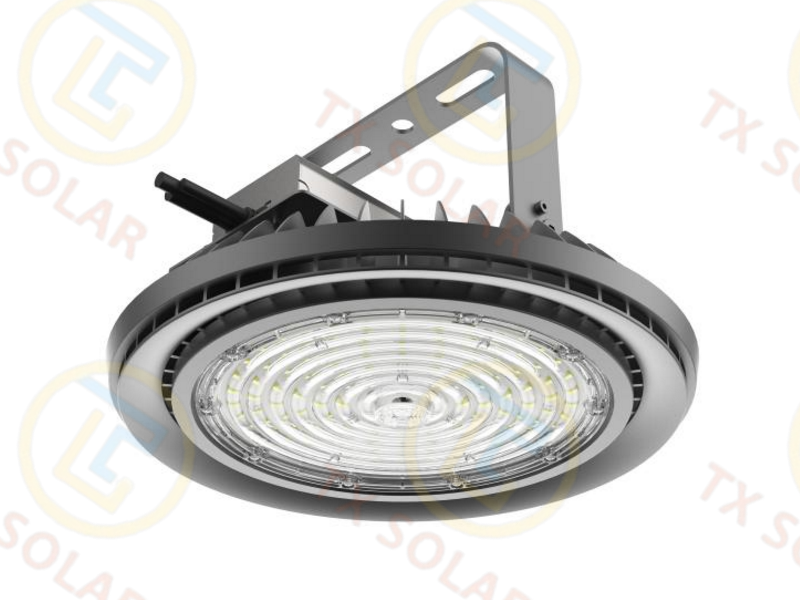UFO LED mining lights have become an essential part of modern mining operations, providing powerful lighting in the darkest and most challenging environments. These lights are designed to provide high efficiency, durability and reliability, making them a popular choice for miners around the world. However, determining the number of UFO LED mining lights required for a specific mining operation can be a complex task that requires careful consideration of various factors. In this article, we will explore the key considerations in determining the number of UFO LED mining lights required and provide guidance on how to make an informed decision.
Factors to consider
When determining the number of UFO LED mining lights required for a mining operation, several factors must be considered. These factors include the size of the mining area, the type of mining activity being conducted, the lighting levels required and the specific conditions of the mining environment. Additionally, the layout of the mining site, the presence of any obstructions or obstructions, and the required coverage area all play a vital role in determining the number of lights required.
Mining area scale
The size of the mining area is the basic factor that determines the number of UFO LED industrial and mining lights required. Larger mining sites with extensive underground or open-pit areas will require a greater number of lights to ensure adequate illumination. Conversely, smaller mining operations may require fewer lights to achieve the required brightness levels.
Mining activity type
The type of mining activity being conducted will also affect the number of UFO LED mining lights required. Different mining activities, such as drilling, blasting or material handling, may require different levels of lighting. For example, events involving complex or detailed work may require a higher density of lights to ensure optimal visibility and safety.
Required lighting level
The required lighting level is a key consideration when determining the number of UFO LED mining lights required. Industry standards for mining operations often specify minimum lighting levels to ensure safe working conditions. Factors such as the presence of hazardous materials, the complexity of the mining task and the need for clear visibility all help determine the required lighting levels.
Specific conditions of the mining environment
The specific conditions of the mining environment, including factors such as dust, moisture and temperature fluctuations, will affect the performance and life of UFO LED mining lights. In harsh or extreme environments, more lights may be needed to compensate for potential decreases in lighting due to environmental factors.
Mining area layout and coverage
The layout of the mining site and the required coverage area are important considerations when determining the number of UFO LED mining lights required. Factors such as confined spaces, narrow tunnels or irregular terrain may affect the distribution and placement of lights. Additionally, the required coverage area will influence the spacing and placement of lights to ensure uniform lighting throughout the mining site.
Criteria for determining quantities
To determine the quantity of UFO LED mining lights required for a specific mining operation, established guidelines and best practices must be followed. The Illuminating Engineering Society (IES) provides recommendations for lighting levels in a variety of industrial environments, including mining operations. These guidelines consider factors such as mission requirements, environmental conditions, and vision to establish appropriate lighting levels and coverage.
Additionally, consulting a lighting expert or UFO LED mining light manufacturer can provide valuable insight and advice tailored to the unique requirements of a mining operation. These experts can perform lighting assessments, simulations and field evaluations to determine the optimal number and placement of lights for a given mining environment.
In conclusion
In summary, determining the number of UFO LED mining lights required for a mining operation requires careful consideration of a variety of factors, including mine size, type of mining activity, required lighting levels, and the specific conditions of the mining environment. By considering these factors and following established guidelines, mining operators can make informed decisions about the number of lights needed to ensure safe, efficient and productive working conditions. Consulting with lighting experts and manufacturers can further enhance the process of determining the optimal number and location of UFO LED mining lights, ultimately contributing to the success and sustainability of mining operations.
Post time: Aug-15-2024

